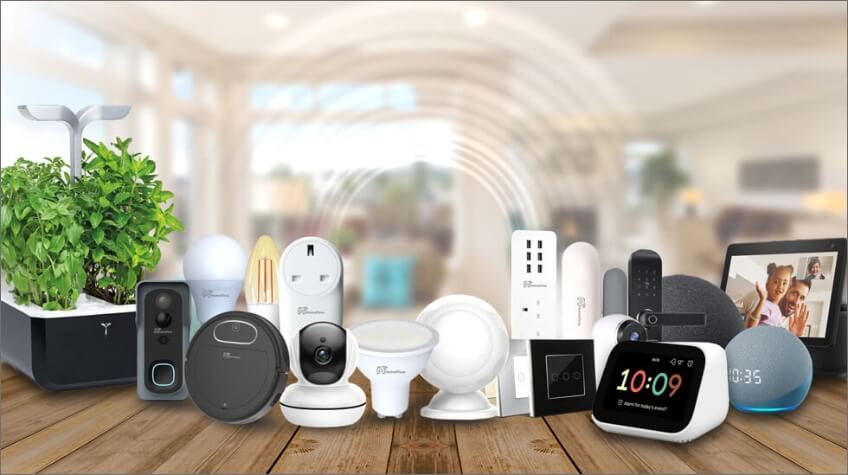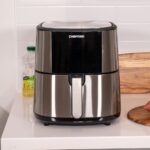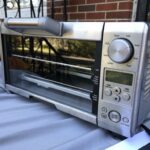Smart homes are no longer a futuristic fantasy—they’re today’s reality. With a wide range of intelligent devices now widely available and affordable, upgrading your home with smart technology can:
- Enhance convenience
- Boost energy efficiency
- Strengthen home security
- Increase your property’s value
In this guide, we’ll walk you through how to upgrade your home with smart devices, covering essential categories, device recommendations, setup tips, and more.
Why Upgrade to a Smart Home?
Here are some of the top reasons to make your home smarter:
- Convenience: Automate daily tasks like adjusting lights or temperature
- Energy Efficiency: Use less power and save money on utilities
- Home Security: Monitor your property with real-time alerts and live video
- Remote Access: Control your devices from anywhere via your smartphone
- Integration: Create routines where devices work together seamlessly
Step 1: Choose a Smart Home Ecosystem
Pick a platform that connects and controls your devices. The most popular ecosystems include:
- Amazon Alexa
- Google Assistant
- Apple HomeKit
- Samsung SmartThings
Tip: Stick with one ecosystem to keep everything compatible and manageable.
Step 2: Start with Core Smart Devices
These beginner-friendly devices deliver the most value right away:
Smart Thermostat
- Automatically adjusts your home’s temperature
- Saves energy while maintaining comfort
- Popular options: Nest Thermostat, ecobee SmartThermostat
- Features: Remote control, scheduling, occupancy sensing, energy reports
Smart Lights
- Replace standard bulbs or install smart switches
- Control brightness, color, and on/off schedules
- Popular brands: Philips Hue, LIFX, TP-Link Kasa
- Control via voice, app, or automation
Smart Plugs
- Turn any device into a smart device by plugging it in
- Great for lamps, coffee makers, and fans
- Popular models: Amazon Smart Plug, Wemo Mini
- Set timers and routines, monitor energy use
Smart Locks
- Enhance security and offer keyless entry
- Grant access to family or guests remotely
- Recommended brands: August Smart Lock, Schlage Encode
- Features: Auto-lock, app access, remote unlocking
Video Doorbells
- See and talk to visitors from your phone
- Get alerts when someone approaches your door
- Popular models: Ring Video Doorbell, Google Nest Doorbell
- Includes live video, motion detection, and two-way audio
Step 3: Expand with Advanced Smart Devices
Once you’re comfortable with the basics, you can expand your system with these:
Smart Security Cameras
- Indoor and outdoor options for full home surveillance
- Features: Motion tracking, night vision, cloud storage
- Recommended brands: Arlo, Blink, Wyze Cam
Smart Sensors
- Detect motion, doors/windows opening, temperature changes, or leaks
- Can trigger lights, alarms, or notifications
- Often used with hubs for automation setups
Smart Appliances
- Wi-Fi-enabled ovens, fridges, washers, dryers, and more
- Control and monitor usage remotely
- Examples:
- Ovens that preheat from your phone
- Refrigerators that track inventory or send alerts
Smart Blinds & Curtains
- Automate window coverings for light and heat control
- Useful for energy savings and privacy
- Top products: SwitchBot Curtain, Lutron Serena
Step 4: Integrate and Automate
Create routines where your devices work together based on time, presence, or activity.
Examples of routines:
- Morning:
- Lights turn on gradually
- Thermostat adjusts to comfortable temperature
- Coffee maker starts automatically
- Away Mode:
- All lights turn off
- Doors lock
- Cameras and alarms activate
- Night Mode:
- Thermostat lowers
- Blinds close
- Lights dim or turn off
Most smart ecosystems let you create these routines through easy app interfaces.
Step 5: Monitor and Maintain
To keep your smart home running smoothly:
- Update device firmware regularly for new features and security
- Use strong passwords and two-factor authentication for accounts
- Check your Wi-Fi network strength and upgrade if needed
- Review automations every few months to match new routines
Final Tips for a Smooth Smart Home Upgrade
- Start small: Begin with 1–2 devices to avoid overwhelm
- Stick to one ecosystem: Prevent compatibility issues
- Plan your network: Ensure your Wi-Fi can handle more devices
- Read product specs: Double-check compatibility with your platform
- Be patient: Smart homes improve over time as you add more automation
Conclusion
Upgrading your home with smart devices is a smart investment in comfort, convenience, and efficiency. With just a few strategic changes, you can create a home that thinks for itself—saving you time, money, and stress. Start with the essentials, build over time, and soon you’ll wonder how you ever lived without it.








Leave a Reply